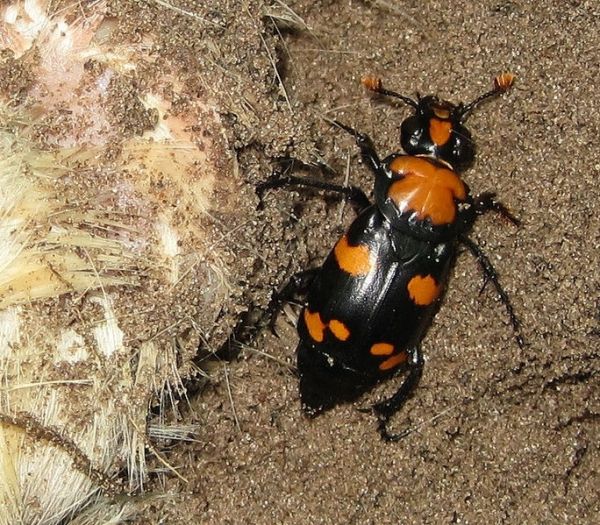Organisms need to work together to adapt to climate change, especially in the presence of competitors, suggests a new study published today in eLife.
The findings show that some species can maximise their fitness in suboptimal environments by working together, highlighting how the pressing issue of habitat destruction affects the vulnerability of social organisms to climate change.
Organisms have a ‘fundamental niche’ – the ideal physical conditions they need to feed and reproduce (such as temperature and rainfall) – and a ‘realised niche’ – the actual conditions they live in, which includes biological influences such as competitor species and predators. Moreover, every species has a ‘thermal performance curve’ (TPC) which shows how temperature affects their physiological function and behaviours, such as breeding and movement. By combining these concepts for the first time, this study demonstrates how gaining a mechanistic understanding of within- and between-species social interactions can provide critical insights into how organisms might respond to global change.
“To the best of our knowledge, no study has ever distinguished between the fundamental and realised thermal performance curves of an organism, or quantified how this changes in the presence of competitor species,” explains lead author Hsiang-Yu Tsai, Research Assistant at the Institute of Ecology and Evolutionary Biology, Taiwan University, and the Biodiversity Research Center, Academia Sinica, Taiwan. “Some studies have shown that cooperation within a species can help social organisms expand the environmental conditions they can thrive in, but little is known about how this is actually achieved.”
Read more at eLife
Photo Credit: USFWS Mountain-Prairie via Wikimedia Commons


